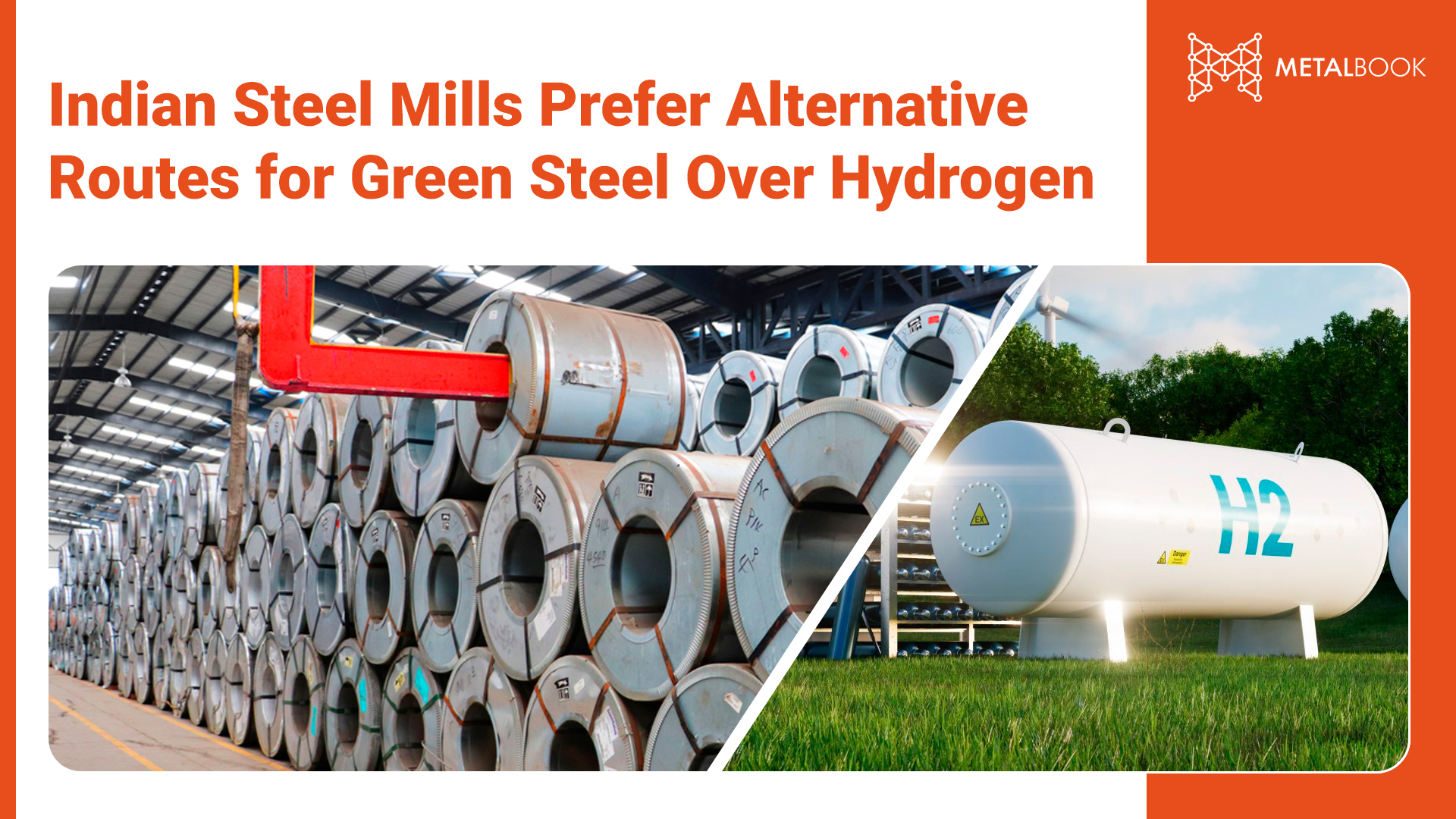Key Takeaways
India has turned a net steel importer despite rising domestic production.
India imposed a 12% safeguard duty on steel imports, which may increase to 24%.
India increased Russian oil imports to manage energy costs.
MSMEs in India face high input costs and global competitiveness.
Strategic policy shifts aim to reduce import dependency and boost competitiveness.
There is a large focus on green steel and specialty steel production.
Introduction
The country’s economic growth or that of any industry depends on the interplay of factors. Thus, any adverse development that can be either domestic or global might have a positive or negative impact on the industry and the overall growth of the country, underlining elements such as pricing, geological conditions, policies, or any other external geopolitical or economic forces. Such direct or indirect impacts, however, shape the broader trajectory of the industry. Similarly, the steel industry is being particularly impacted by any geopolitical tensions, policy shifts, or any trade disruptions. Currently, steel, being one of the key economic drivers, is expected to play a crucial role in achieving the target of a $5 trillion economy. So, if any internal or external forces happen, it turns out to be a hurdle in achieving the long-term vision the country has laid. As seen in the past, events like the prolonged U.S.–China trade tensions due to the conflict between Russia and Ukraine have led the Global and domestic steel producers to reassess their market strategies, cost structures, and sustainability roadmaps.
India turned out to be a net importer for the second consecutive year, despite increasing domestic steel production in recent years. This surge is primarily due to growing imports of steel products, particularly from China and other major exporting nations, putting enormous pressure on domestic producers. Indian manufacturers and policymakers in response are intensifying their focus on transitioning toward green steel technologies and specialty steel products to remain competitive and are in a position to handle the supply chain disruption and overcome all the hurdles that would likely behave like a barrier in their growth trajectory. Such policy shifts are intended to boost competitiveness, align with global sustainability trends, and reduce vulnerability to volatile global trade tensions.
In this article, we will explore the major geopolitical factors influencing the global steel industry, examine the direct and indirect impacts, and India’s strategic moves to gain leverage in a rapidly changing global environment
U.S.–China Trade War:
Chinese Steel Dumping and India’s Safeguard Measures: The prolonged U.S.–China trade war has extensive implications. As the U.S. continues to impose steep tariffs on Chinese industrial goods, China has responded aggressively by redirecting its excess capacity toward alternative markets. India, due to its growing consumption and relatively open market, has become a primary target. Indian mills saw a sudden surge in imports, piling pressure on domestic producers. However, in retaliation, India has imposed a 12% safeguard duty on steel imports and is considering raising it to 24% to protect local industry.
Russia–Ukraine Conflict:
The Russia–Ukraine conflict continues to disrupt global commodity supply chains, impacting raw materials critical to steel production. The Russia-Ukraine conflict significantly impacted India’s crude oil. With global crude prices soaring due to the war, India faced rising energy import costs. To mitigate this, India ramped up imports of discounted Russian oil, which now constitutes a major share of its crude basket, helping stabilize domestic fuel prices. Meanwhile, the steel industry was disrupted by shortages of key raw materials like coking coal and ferroalloys, as both Russia and Ukraine are major global suppliers. Indian steelmakers faced higher input costs and supply chain uncertainties, prompting a shift toward alternative sources and increased focus on domestic resource development.
U.S. “Liberation Day Tariffs Act”:
The U.S. “Liberation Day Tariffs Act” introduced high tariffs on steel and other goods, which indirectly affects India by redirecting oversupplied steel to Asian markets. This has led to increased competition and price volatility in India’s export markets. India is strategically positioning itself to take advantage of shifting global trade flows while monitoring import surges from North America.
Iran-Israel Conflict:
The Israel-Iran conflict has pushed global crude oil prices, posing a serious challenge to India’s economy. As a major oil importer, India is facing increased import bills, which could widen the current account deficit and weaken the rupee. The spike in fuel costs is also expected to push inflation higher.
Conclusion
As the steel sector is highly sensitive to geopolitical tensions, especially in cases where there is significant dependency on imports or when we are key exporters. Such tensions can severely disrupt trade flows, making it difficult to buy or sell steel products competitively. In addition to price volatility, these disruptions often lead to supply chain bottlenecks, resulting in excess inventories or shortages, which directly affect production and profitability.
To support the industry, the government is taking several steps. These include measures such as import duties/ safeguard duties, quantitative restrictions that have assisted ISPs and MSMEs; however, MSMEs are still contending with prohibitively expensive costs and stiff competition due to high price dynamics. Along with this steps are taken to diversify the raw material sourcing, easing credit for steel producers. Additionally, the shift towards green steel initiatives aims to encourage domestic capacity utilization through technology upgrades and improved logistics efficiency.
Thus, to remain unaffected, India has taken major steps to support the industry and is making large investments, but still there is a need to invest in cleaner technology, manufacturing high-strength steel, which will help them in remaining com
petitive in the international markets and can achieve the goal of being a global hub. These measures can enable India to minimize its reliance on imports, safeguard domestic industry, employment, and emerge as a leading force in the world steel industry.



